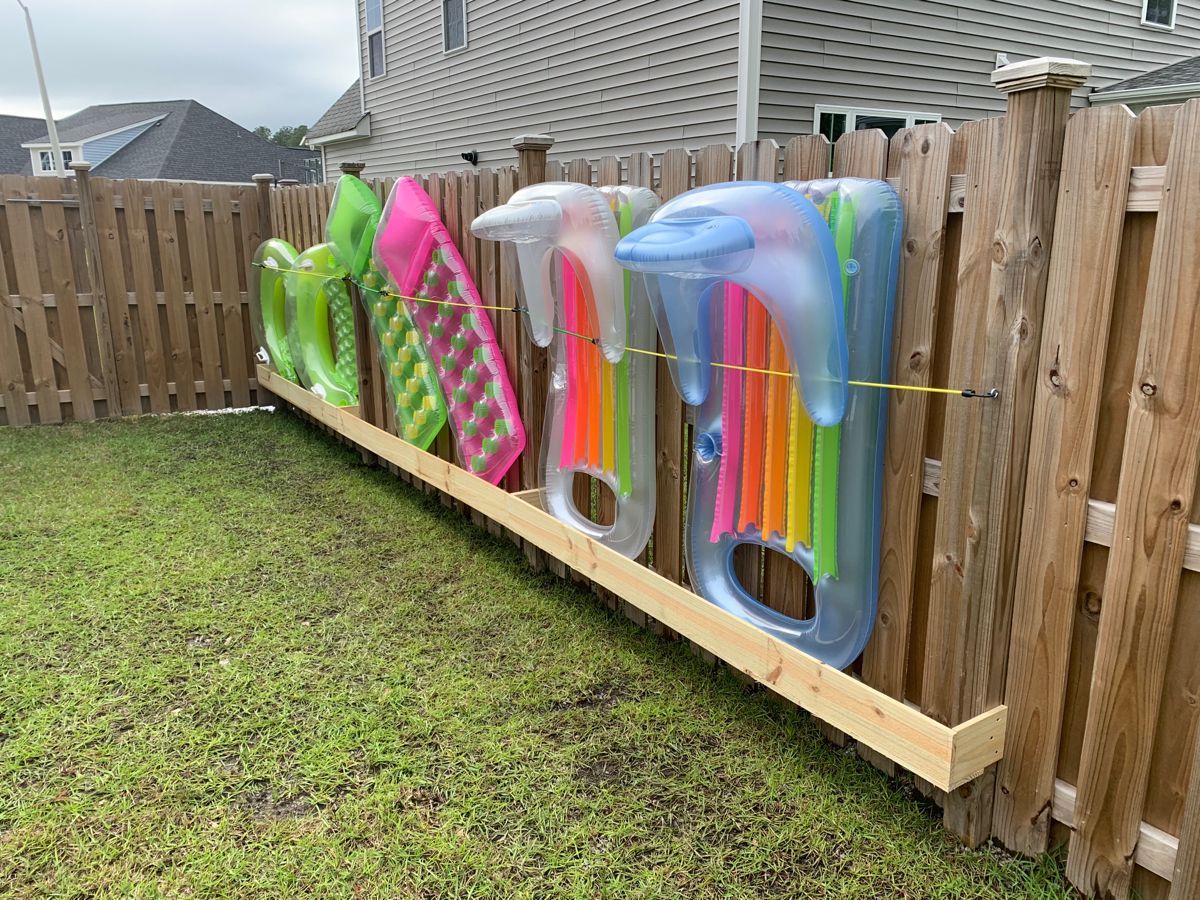

Articles
How To Store Pool Floats During Summer
Modified: January 19, 2024
Discover helpful articles on how to properly store your pool floats during the summer months to protect them from damage and extend their lifespan.
(Many of the links in this article redirect to a specific reviewed product. Your purchase of these products through affiliate links helps to generate commission for Storables.com, at no extra cost. Learn more)
Introduction
As the summer season rolls around, many of us look forward to spending lazy days by the pool, basking in the sun and enjoying the refreshing water. And what better way to relax in the pool than on a comfortable pool float? Whether it’s a giant inflatable unicorn, a lounge chair, or a simple noodle, pool floats add an extra level of fun to our swimming adventures.
However, when it comes to the end of the day or the end of the season, storing these pool floats can become quite a challenge. Improper storage can lead to damage, mold, and a shortened lifespan for your beloved floats. That’s why it’s important to learn the proper techniques for storing pool floats during the summer.
Key Takeaways:
- Proper storage of pool floats is essential for preserving their longevity, preventing damage, avoiding health risks, and ensuring easy and convenient access when needed.
- Thoroughly cleaning, drying, deflating, and folding pool floats before storing them in a dry and safe space helps protect them from damage and prolong their lifespan.
Read more: How To Store Pool Floats
Importance of Proper Pool Float Storage
Proper storage of pool floats is essential for several reasons. Firstly, it helps to maintain the durability and lifespan of the floats. When left out in the sun or exposed to harsh weather conditions, the materials can begin to deteriorate and fade, reducing their overall quality.
Secondly, proper storage helps to prevent damage to the floats. If not stored correctly, pool floats can get punctured or torn, rendering them unusable. This not only results in a waste of money but also eliminates the enjoyment and convenience they provide.
Furthermore, storing pool floats properly prevents the formation of mold and mildew. When floats are stored in a damp or humid environment, they can develop mold, which not only affects the appearance but also poses health risks. Mold spores can be allergenic and can cause respiratory problems for individuals with sensitivities or allergies.
Lastly, storing pool floats properly ensures that they are readily available for use whenever you want them. By keeping them organized and in good condition, you can easily retrieve them for spontaneous poolside lounging without the hassle of searching for or repairing damaged floats.
Overall, proper storage of pool floats is essential for preserving their longevity, preventing damage, avoiding health risks, and ensuring easy and convenient access when needed.
Cleaning and Drying Pool Floats
Before storing your pool floats for the summer, it’s important to clean and dry them thoroughly. This not only helps to maintain their appearance but also prevents the growth of mold and mildew during storage.
To clean your pool floats, start by filling a large bucket or basin with warm water and a mild detergent. Use a soft cloth or sponge to gently scrub the float, paying extra attention to any dirty or stained areas. Avoid using abrasive cleaners or brushes, as they can damage the float’s surface.
Rinse the float with clean water to remove any soapy residue. Repeat the process if necessary, depending on the level of dirtiness. Once clean, use a towel or sponge to dry the float thoroughly. Ensure that all excess moisture is removed, especially from the seams and crevices.
If you’re dealing with inflatable pool floats, make sure to deflate them before cleaning. This will make the cleaning process easier and more effective. After cleaning, allow the float to fully dry before moving on to the next step.
It’s important to note that some pool floats come with specific cleaning instructions from the manufacturer. Be sure to follow these instructions to ensure that you’re properly caring for your float and maintaining its warranty.
By thoroughly cleaning and drying your pool floats before storage, you can prevent the buildup of dirt, grime, and mold, and ensure that they’re ready for use when the next swimming season arrives.
Deflating the Pool Floats
Before storing your pool floats, it’s important to properly deflate them. This not only saves space but also ensures that the floats can be stored safely without any risk of damage.
Start by locating the valve on the pool float. Most inflatable floats have a valve that can be unscrewed or opened to release the air. Gently twist or unscrew the valve to open it.
Next, press down on the float to release the air. You can use your hands or body weight to squeeze out the air. Start from one end of the float and work your way to the other end, applying gentle pressure to remove all the air.
For larger floats or those with multiple air chambers, it’s important to deflate each chamber separately. This ensures that all the air is released and the float is completely flat.
Once all the air is out, carefully fold the float to remove any remaining air pockets. This will make it easier to store and prevent the float from re-inflating during storage.
If your floats came with a pump or inflation tool, it’s a good idea to use it to aid in the deflation process. Simply attach the pump to the valve and let it suck out the air for you.
Remember to be gentle when deflating the floats to avoid any damage. Avoid using sharp objects or excessive force, as this can result in punctures or tears.
By properly deflating your pool floats, you’ll save space, prevent damage, and make the storage process much easier and more efficient. Take the time to deflate each float properly before moving on to the next step.
Folding and Rolling Techniques for Pool Floats
Once your pool floats are deflated, it’s time to fold and roll them for proper storage. This step is crucial to minimize space and ensure that the floats remain in good condition during storage.
Start by laying the deflated float on a flat surface, making sure there are no wrinkles or creases. Smooth out any wrinkles with your hands to ensure a neat and tidy fold.
For smaller floats such as pool noodles or small inflatable toys, a simple accordion-style fold works well. Start by folding one end of the float over towards the center, then fold the other end in the same way. Continue folding the float back and forth until you are left with a compact bundle.
For larger floats such as lounge chairs or inflatables with backrests, a rolling technique is more practical. Begin by folding any accessories or attachments, such as cup holders or armrests, if they are removable. Roll the float tightly from one end to the other, applying firm but gentle pressure to remove any excess air as you go. Once rolled, secure the float with elastic bands or straps to keep it tightly bundled.
Some floats may come with specific folding instructions from the manufacturer. If this is the case, follow their recommendations to ensure optimal storage and to protect any built-in features.
It’s important to note that different floats may require different folding and rolling techniques. Experiment with different methods to find the one that works best for each specific type of float you have.
By properly folding and rolling your pool floats, you’ll save space, prevent unnecessary wear and tear, and make it easier to store them in a dry and safe space.
To store pool floats during the summer, make sure they are completely dry before folding or rolling them up. Store them in a cool, dry place away from direct sunlight to prevent fading and damage.
Read more: How To Store Large Pool Floats
Storing Pool Floats in a Dry and Safe Space
After cleaning, deflating, and folding your pool floats, it’s time to find a suitable storage space. The key considerations when choosing a storage location are ensuring the area is dry and safe from potential damage.
Avoid storing your pool floats outside or in areas where they may be exposed to direct sunlight or harsh weather conditions. Prolonged exposure to the sun’s UV rays can cause fading and deterioration of the materials. Similarly, exposure to moisture can lead to mold and mildew growth.
Look for an indoor storage area such as a garage, shed, or basement that is cool, dry, and well-ventilated. If you don’t have access to an indoor space, consider using a waterproof cover or tarp to protect the floats from rain or excessive moisture.
When storing the floats, make sure they are kept off the ground to prevent damage from pests and dampness. You can use hooks, hangers, or shelves to keep them elevated and organized.
Keep in mind that pool floats can take up a significant amount of space. If storage space is limited, you may need to consider alternative storage solutions such as wall-mounted racks, hanging pegs, or specialized float storage units.
It’s also a good idea to store similar types of floats together. This not only makes it easy to find and retrieve specific floats but also prevents any potential damage or scratching that may occur from different float materials coming into contact.
Lastly, make sure to inspect your storage area periodically to ensure that no water leaks or pests have compromised the floats. If you notice any signs of damage or mold growth, take immediate action to address the issue and prevent further damage.
By storing your pool floats in a dry and safe space, you’ll protect them from potential damage, prolong their lifespan, and ensure that they’re in good condition when you’re ready to use them again.
Using Storage Bags or Containers for Pool Floats
Another option for storing your pool floats is to use storage bags or containers specifically designed for this purpose. These storage solutions offer added protection and convenience, keeping your floats organized and safe from potential damage.
There are various types of storage bags and containers available, ranging from simple mesh bags to more sturdy and durable options. Here are a few options to consider:
- Mesh Bags: Mesh bags are lightweight and breathable, allowing for airflow and preventing the growth of mold and mildew. They are ideal for storing smaller floats such as pool noodles or inflatable toys. Simply place the deflated floats inside the bag and cinch it closed.
- Zippered Bags: Zippered bags are made from water-resistant materials and provide more protection against moisture. They often have handles or straps for easy carrying. These bags are suitable for larger floats and can accommodate multiple floats at once.
- Storage Containers: Storage containers made specifically for pool floats are typically made of durable materials such as plastic or PVC. These containers are designed to withstand moisture and provide a secure and stackable storage solution. Some may even have wheels for easy transportation.
When using storage bags or containers, ensure that the floats are clean, dry, and properly folded before placing them inside. This will help prevent any unpleasant odors or mold growth during storage.
Labeling your storage bags or containers can also help you easily identify and retrieve specific floats when needed. Consider using waterproof labels or markers to note the type or size of the float and any other relevant information.
Store the bags or containers in a dry and safe area as mentioned earlier, keeping them off the ground to avoid potential water damage. Stack them neatly to save space and maintain their structural integrity.
Using storage bags or containers for your pool floats not only provides added protection but also helps to keep your storage area organized and clutter-free. It makes the process of retrieving and storing floats more efficient and convenient for future use.
Tips for Extended Storage during Winter Months
During the winter months or when you’re not using your pool floats for an extended period of time, there are a few additional tips to ensure their longevity and protect them from potential damage while in storage.
1. Thoroughly clean and dry: Before storing your floats for an extended period, make sure they are completely clean and dry. Any residual moisture can lead to mold or mildew growth during the storage period.
2. Apply a protective coating: Consider applying a protective coating or sealant to your pool floats before storing them. This can help protect against UV damage and prevent fading or deterioration of the materials.
3. Store in a climate-controlled space: If possible, store your floats in a climate-controlled area such as a basement or temperature-controlled storage unit. Extreme temperature fluctuations can cause the materials to expand and contract, potentially leading to damage.
4. Avoid stacking or crushing: When storing multiple floats, avoid stacking them on top of each other or placing heavy objects on them. This can cause deformation or damage to the floats’ structure.
5. Check periodically: Make it a habit to check on your stored floats periodically, especially when storing them for an extended period. Look for any signs of damage, pests, or moisture and address these issues promptly to prevent further damage.
6. Consider inflatable storage: If you have inflatable pool floats, consider investing in inflatable storage bags or inflatable racks specifically designed for them. These provide a safe and compact storage solution, preventing any unnecessary wear or damage.
7. Avoid direct contact with the ground: Keep your stored floats off the ground to prevent any potential damage from pests, moisture, or temperature changes. Utilize shelves, hooks, or elevated storage solutions to keep them safely off the floor.
8. Label and organize: Label your storage containers or bags for easy identification when you need to retrieve specific floats. This way, you can easily locate the floats you want without having to rummage through all of them.
By following these tips, you can ensure that your pool floats remain in good condition and are ready to be enjoyed when the swimming season arrives again. Proper storage during the winter months or extended periods will help preserve their quality and extend their lifespan.
Conclusion
Proper storage of pool floats during the summer and extended periods is crucial for maintaining their quality, durability, and overall lifespan. By following the techniques and tips outlined in this article, you can ensure that your pool floats are well-preserved and ready for use whenever you want to relax and enjoy the pool.
Start by cleaning and drying the floats thoroughly to prevent dirt, grime, and mold growth. Deflate them properly, removing all the air and folding or rolling them according to their size and shape. Find a dry and safe storage space, whether indoors or using waterproof covers or containers, to protect the floats from sunlight, moisture, and potential damage. Utilize storage bags or containers designed specifically for pool floats to keep them organized and in good condition.
During the winter months or extended periods of non-use, take additional precautions to ensure the floats are properly cared for. Thoroughly clean and dry them, apply a protective coating, and store them in a climate-controlled space to prevent temperature-related damage. Regularly check on the floats to address any issues like damage, pests, or moisture promptly.
By following these guidelines, you will extend the lifespan of your pool floats, saving you money in the long run and ensuring a comfortable and enjoyable swimming experience for years to come. So, invest a little time and effort in properly storing your pool floats, and you’ll be rewarded with long-lasting and well-preserved summer fun!
Frequently Asked Questions about How To Store Pool Floats During Summer
Was this page helpful?
At Storables.com, we guarantee accurate and reliable information. Our content, validated by Expert Board Contributors, is crafted following stringent Editorial Policies. We're committed to providing you with well-researched, expert-backed insights for all your informational needs.
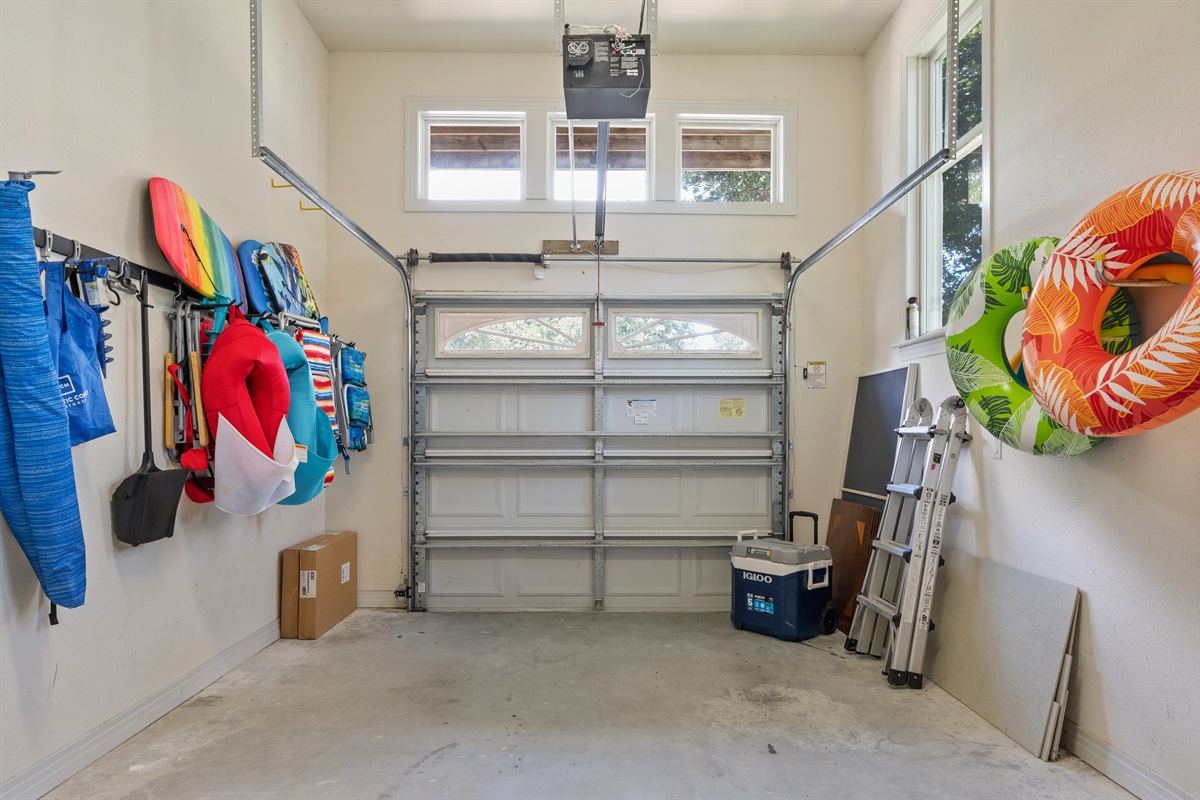
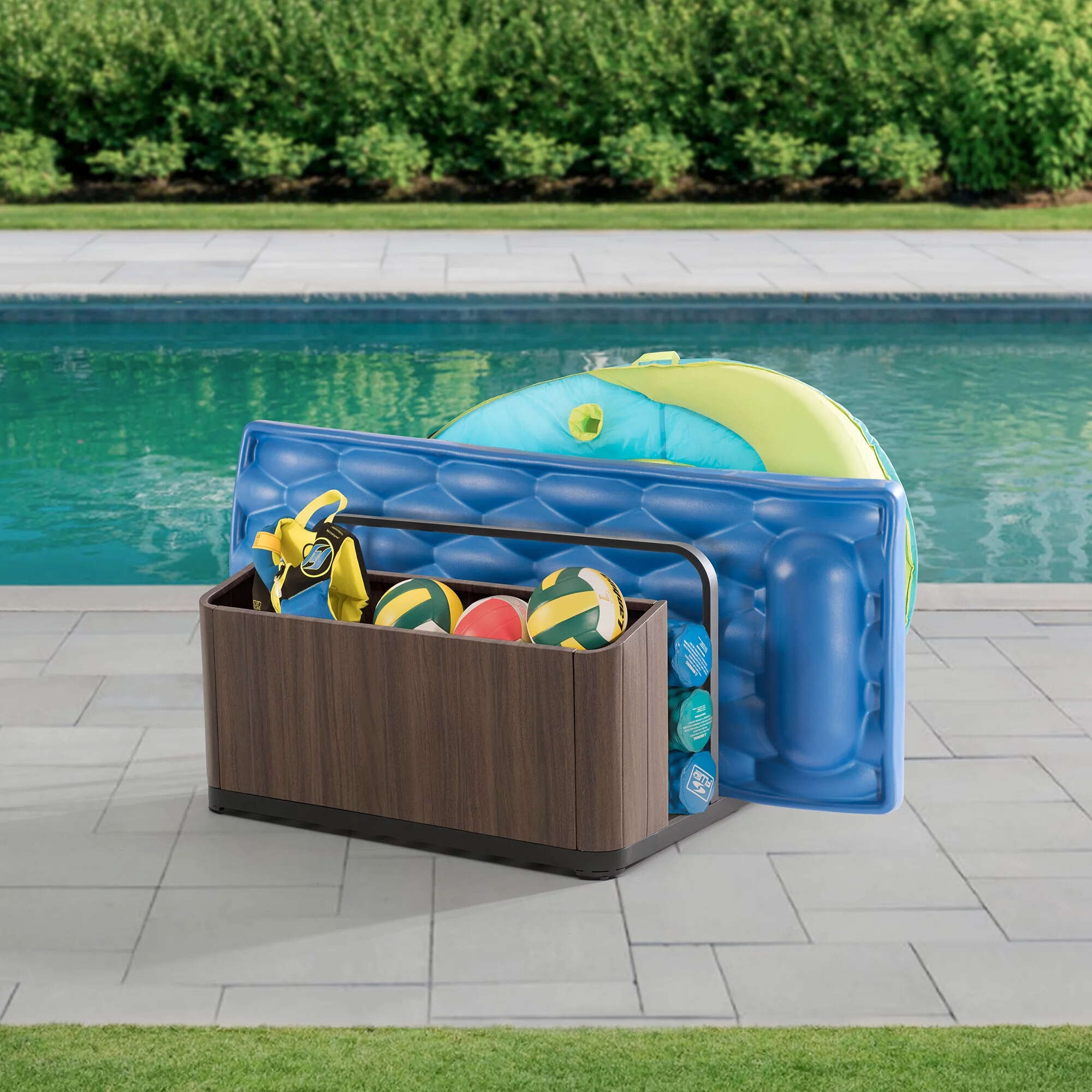


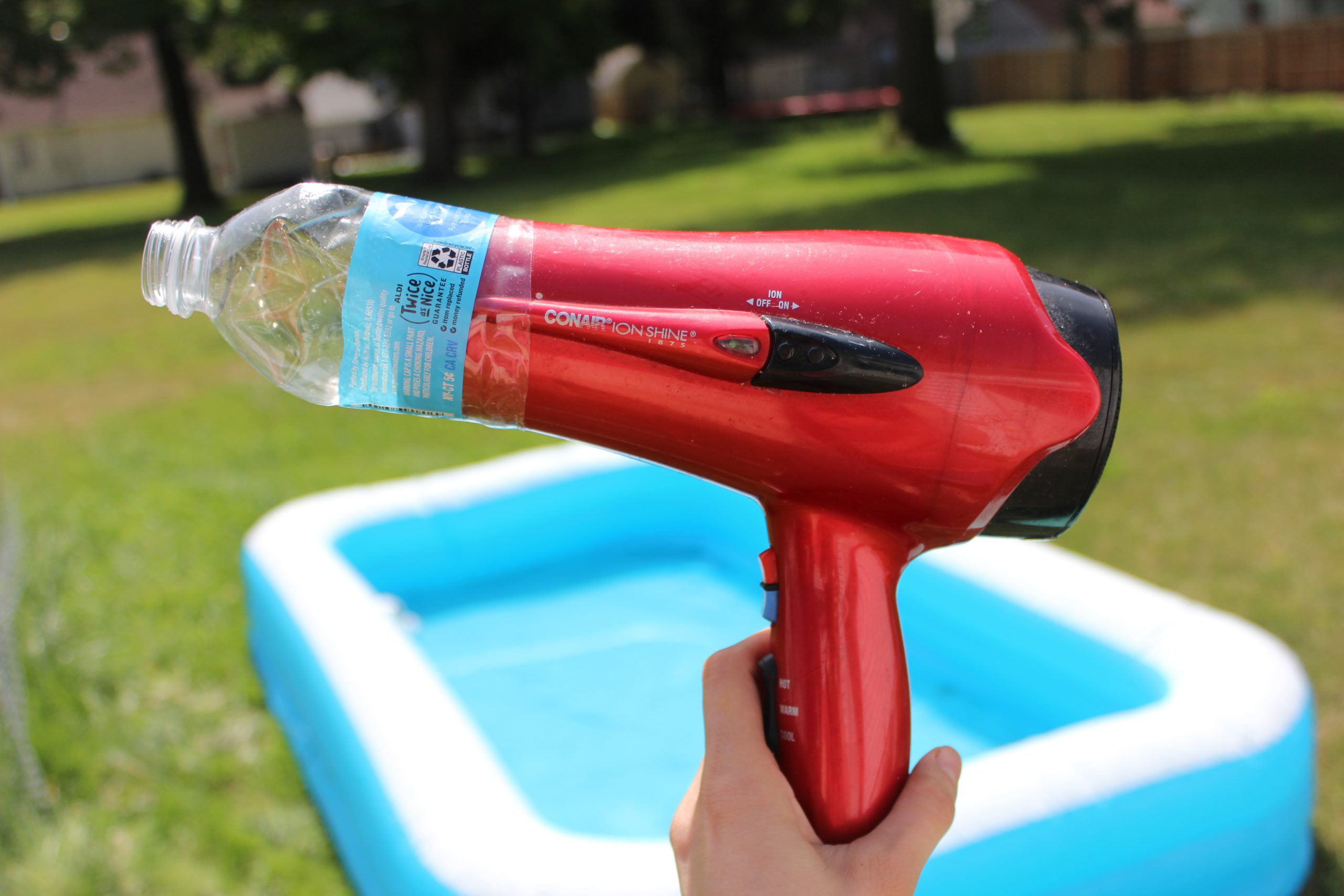
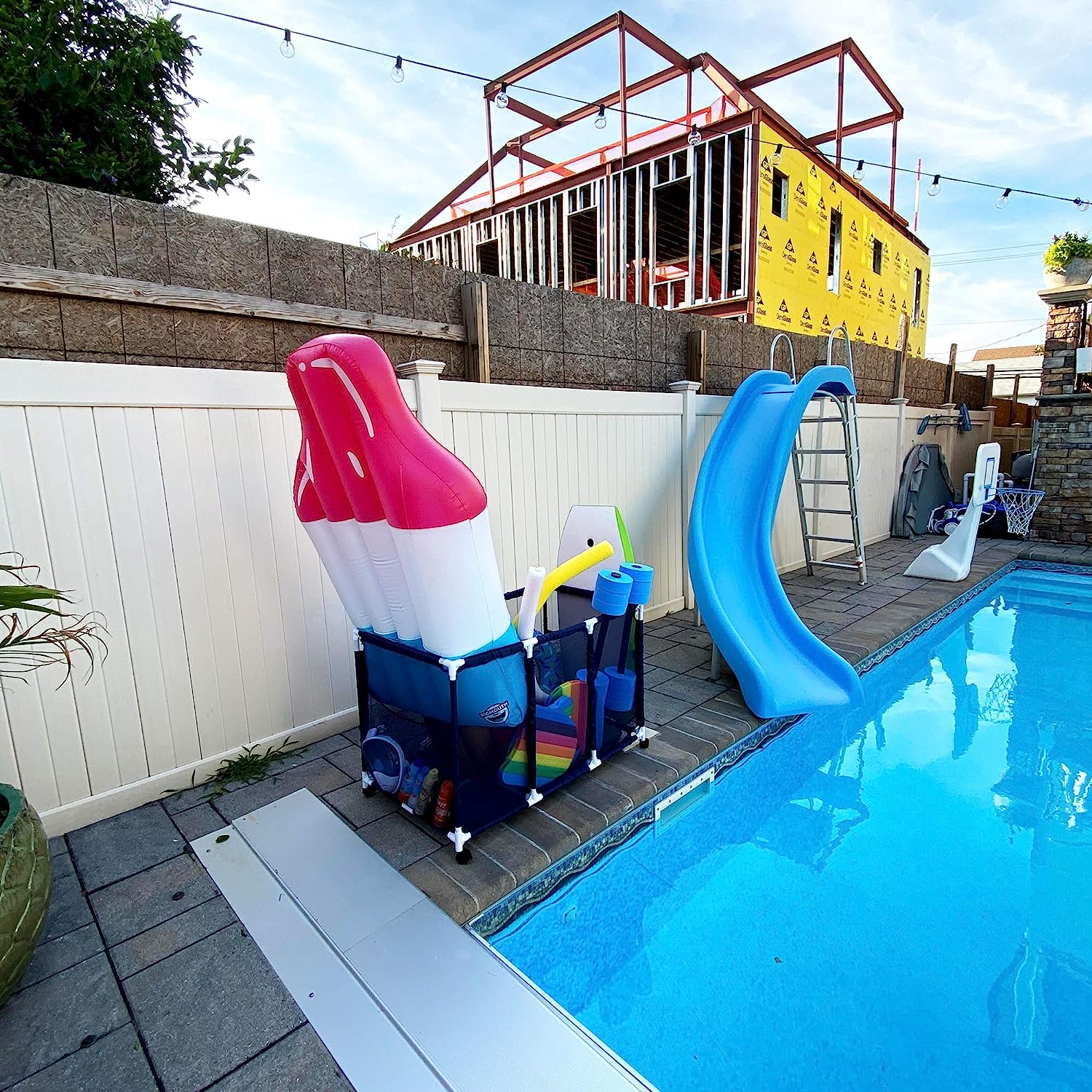
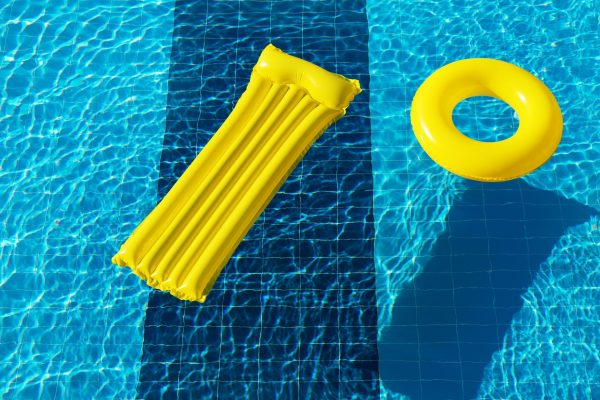

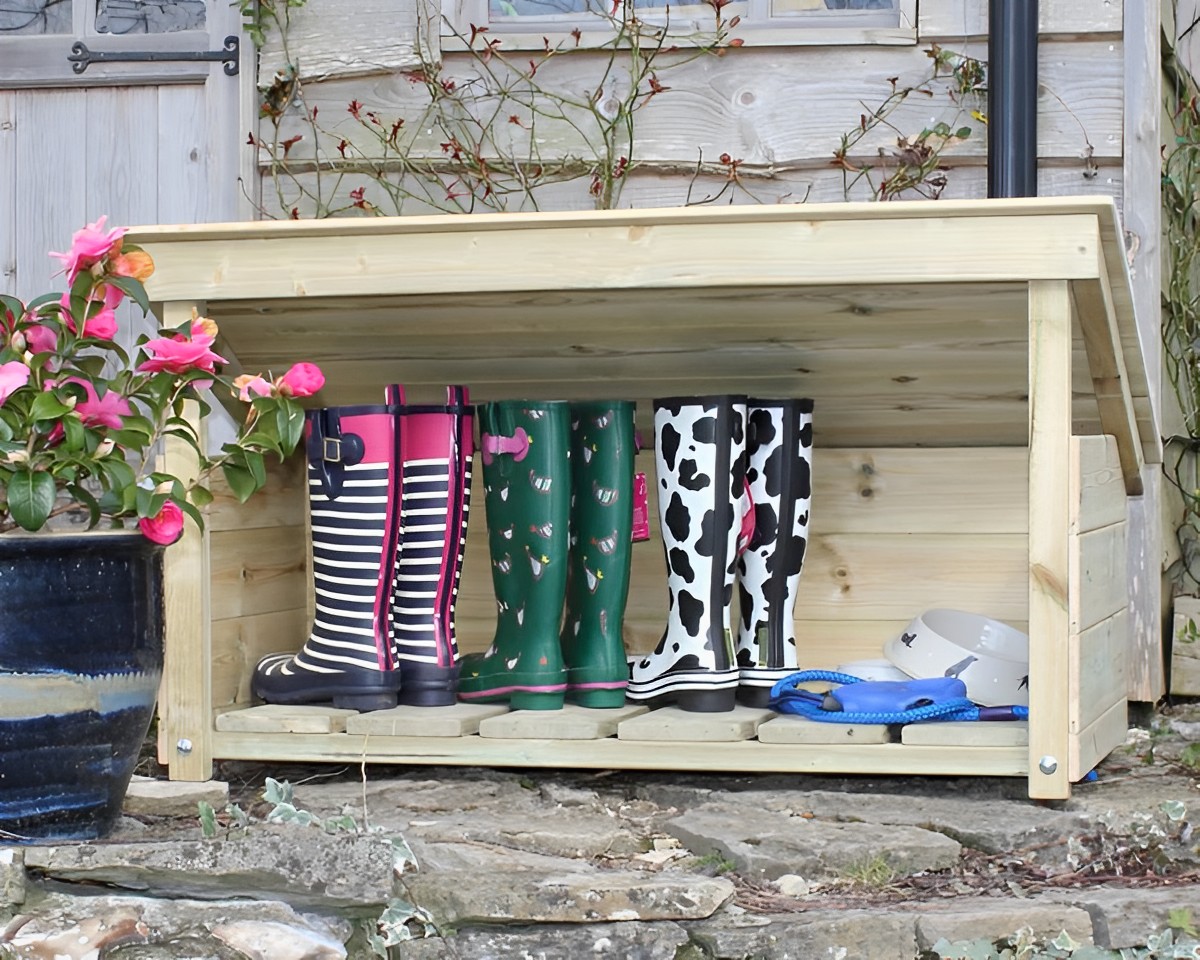
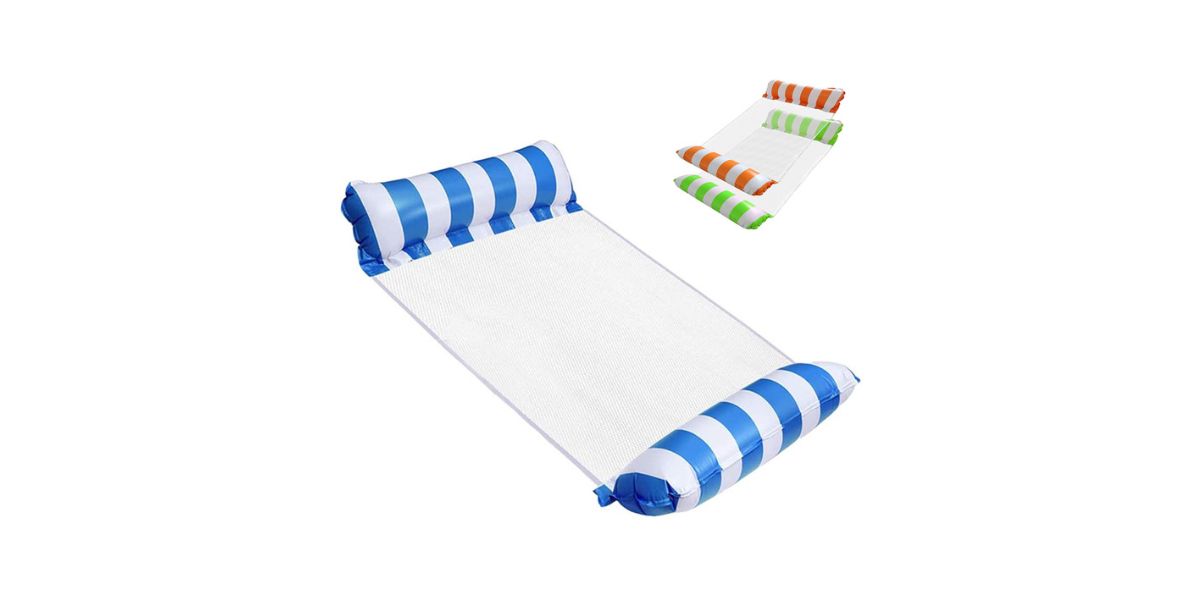

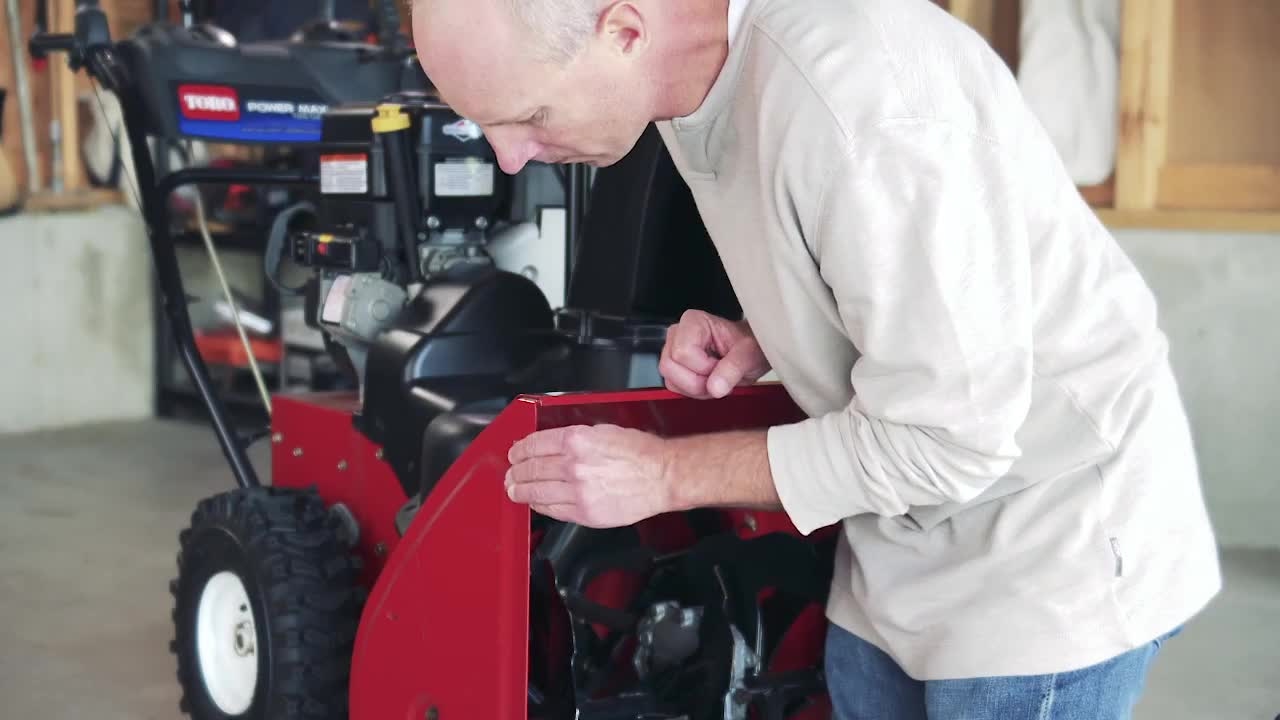



0 thoughts on “How To Store Pool Floats During Summer”